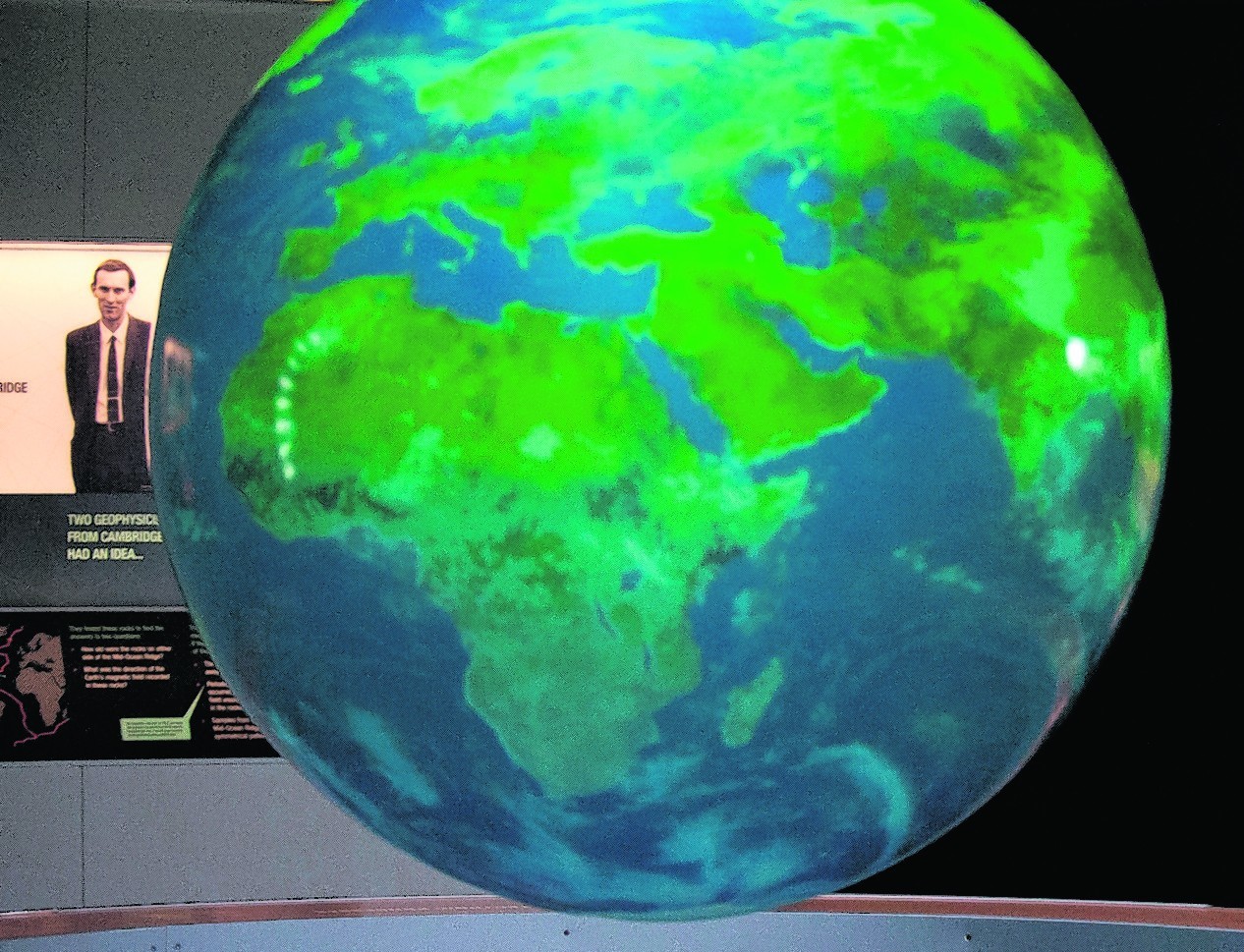Researchers at Aberdeen University have discovered new ways that the Earth’s continents were formed.
The team has produced the first evidence that the seven continents that make up our planet’s crust were partly formed by colliding with the broken up pieces of the continents that came before them.
The largest transportable seismic array in the southern hemisphere, named WOMBAT, was used by the team to create an image of the Earth’s crust beneath eastern Australia.
The image produced revealed that a micro-continent about the size of the UK collided with the Australian continental plate 480 million years ago.
Professor Nicholas Rawlinson, a geophysicist at the university, said: “This new research shows that continental fragments, set adrift by the break-up of former supercontinents, can play a major role in the way new material is added to a growing continent.
“This particular study uncovered evidence of a micro continent that’s embedded at the site of a former subduction zone beneath Victoria in southeast Australia that used to be part of East Gondwana, a super continent that existed between 180-550 million years ago.
“This means that the way new continents are built can be quite different to the standard model you see in geology textbooks.”
